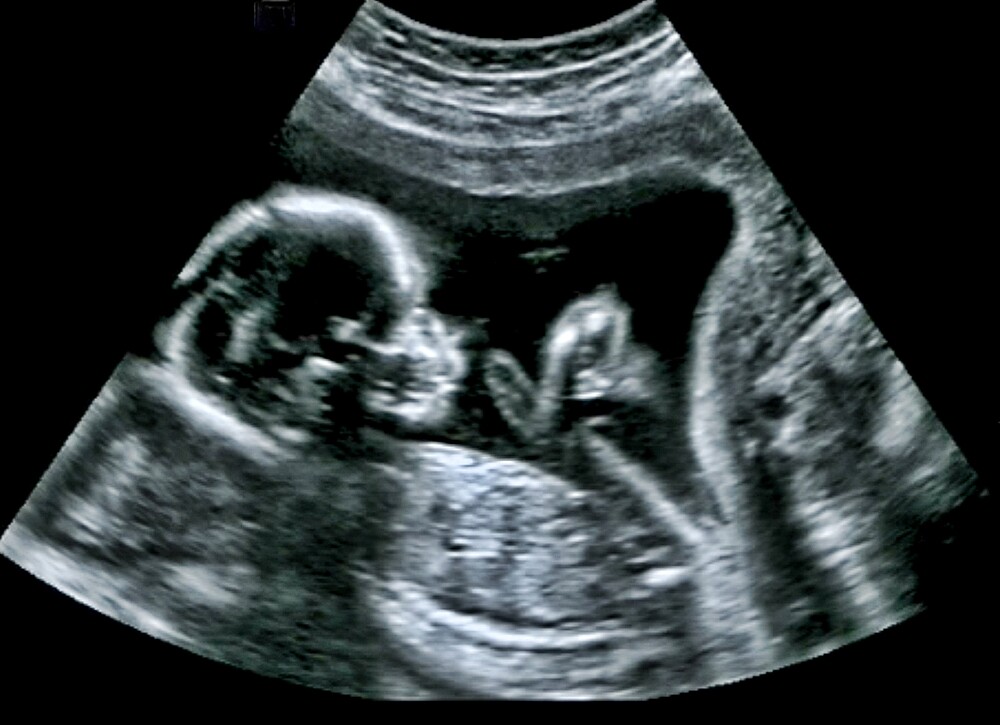The crown-rump length can be used to calculate the size of your baby and his or her birth date. But what exactly is behind the SSL and why not simply measure the baby in a total length?
At the very beginning of your pregnancy, your doctor will measure your baby’s crown-rump length, or SSL, during the ultrasound examinations to determine his or her size. Between the 7th and 13th week of pregnancy, the crown-rump length is the distance between the highest point of your baby’s head and breech. But why doesn’t the doctor measure your baby’s total length? This is because of the curved position of the fetus at this stage of development, which makes it impossible to measure it in its entirety.
Crown-rump length: Why do you measure it?
The crown-rump length gives information about:
- the state of development
- possible undesirable developments and diseases
- the expected date of birth
Use crown-rump length to determine the length of pregnancy
By measuring the crown-rump length, your gynaecologist determines the age of your baby from the time of fertilisation. This method is very accurate in the first weeks of pregnancy, as all foetuses develop in the same way at the beginning of a pregnancy. From about the 7th week of pregnancy, your baby will grow about one millimetre a day. But do not worry if your offspring is a little smaller or larger than the norm. After all, the moment of fertilisation cannot be determined to the minute. If you notice anything unusual about your baby, your doctor will inform you.
Determine date of birth with Naegele rule
With the help of the Naegele rule and the crown-rump length, your gynaecologist will calculate the expected date of birth.
Naegele rule
First day of last period – 3 months + 1 year and 7 days = date of delivery
Determining the time of birth by SSL measurements
The measurements of the SSL are compared with statistical values, which makes it possible to determine the expected date of birth. If the results of the Naegele rule and the measurement of SSL differ, the SSL calculation is preferred. The expected date of birth is then entered in the maternity record. However, it can be corrected again up to the 12th week of pregnancy.
| Week of pregnancy | Size in cm |
| 6. Week | 0,4 cm |
| 7. Week | 1,0 cm |
| 8. Week | 1,6 cm |
| 9. Week | 2,5 cm |
| 10. Week | 3 cm |
| 11. Week | 4 cm |
| 12. Week | 5,5 cm |
| 13. Week | 7 cm |
| 14. Week | 8 cm |
Finally, from the 13th week of pregnancy, the biparietal head diameter, the transverse diameter of the thorax and the length of the thigh bone (femur) are measured to determine the size of your baby.

